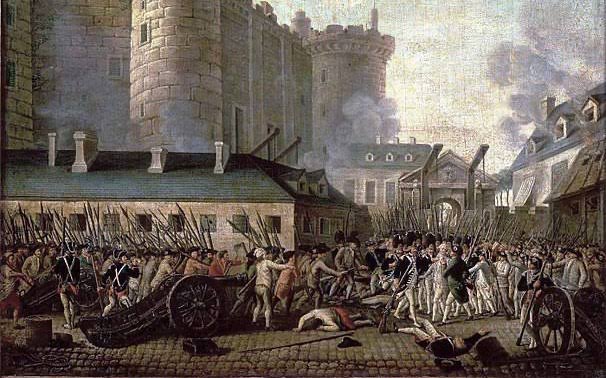Every day, we are inundated with news regarding international disputes, political upheavals, social changes and religious zeal. There’s something common between the Saudi-Iran conflict, abrogation of Article 370, reservations for marginalized groups, and the emergence of ‘Corona Devi’– they all have causes lying in history. History provides context to the world we live in today and conditions our choices, decisions and ideologies. Studying history is indeed the best way to know why we are who we are. Yet, the subject is characterized as boring and subsequently dismissed by many school students today.
The blame for children’s disinterest in history can be attributed to a one-way, passive instruction. There is a need to make history classes engaging and participatory by facilitating open-ended discussions. By contextualizing a given historical period, students can be made to engage in discussions surrounding alternative possibilities that could’ve been realized at crucial junctures in history. It is important to understand how Manichaeism also had a fair chance of being made the official Roman religion even though Constantine adopted Christianity in reality. These discussions provide rich detail and promote active learning. But more importantly, they do away with a very prevalent fallacy in history – historical inevitability. In our study of history, we focus much more on what actually happened and how. In retrospect, that outcome tends to look inevitable. But paying attention to other probable options helps us understand that our present world is not an inevitable outcome of the forces of nature or history, and this realization is empowering, especially when it comes to fighting ‘inevitable’ outcomes of history, such as the caste system.
Another problem with history teaching is the premium placed on the ability to recall cold facts. It is often perceived as a subject that needs to be rote memorized and regurgitated in the exam. To change that, our history classes need to shift focus from just providing facts and information to also cultivating critical historical thinking and method, the ability to infer from primary sources and supporting arguments with evidence. Of course, by AD 632 prophet Muhammad had consolidated a following, but how did his monotheistic ideas appeal to a largely pagan, idol-worshipping world? Can we rely solely on Islamic sources to reconstruct the history of Islam? Does it emerge fully formed from the mouth of the Prophet, or as evidence indicates, does it develop as a religion gradually, absorbing influences from Judaism and Christianity and responding to new political situations?
A good way to start historical thinking is to supplement textbooks with the work of historians. Textbooks create a façade of omniscience and objectivity and tend to gloss over competing narratives. Instead, reading a diverse set of historians who are writing about the same set of events can help students discover subjectivity in history. A Marxist historian prioritizes a materialist analysis of historical developments. A feminist historian adds the dimension of gender relations. Subaltern historians seek to uncover the historical role of marginalised populations. After reading the second historian, it’s easy to see the shortcomings of the first. Teaching historiography can thus also make students wary of simplistic, one-sided narratives that are often employed for political ends.
The sources that we draw upon to teach history in schools have been produced or patronized by the powerful and hence present a top-down view of history. This can be corrected by adopting subaltern historiography, which emerged with the objective to study the historical roles and experiences of social groups excluded from dominant power structures. Inclusion of oppressed voices in history helps children check their own (unearned) historical privilege and sensitizes them to the difficulties that marginalized communities continue to face.
Lastly, we need to address the issue of making history relevant for today’s learners. By tying past developments to present concerns, we can move past the view of history as an exercise in memorizing seemingly irrelevant names and dates. Viewed with a historical lens, caste-based matrimonial ads are the result of endogamy practised by caste groups for centuries. The killing of George Floyd has roots going deep into slavery and racism. The past is never dead and buried, it’s always there with us, shaping our practices, prejudices and perspectives. As our world plunges into a conflict-ridden era and the political atmosphere gets penetrated with false narratives of historical wrongs, cultivating interest in history and developing historical method among children can be a good start towards building a better, more ‘historically correct’ society.
